Beijing, a city with over 3,000 years of history, is not only the cradle of Chinese civilization but also a modern international metropolis. As the capital of China, Beijing captivates visitors from around the world with its rich cultural heritage, stunning natural landscapes, and unique cuisine. Whether you are a history enthusiast, a food adventurer, or a nature lover, Beijing has something for everyone. Below is our carefully curated guide to Beijing, covering its attractions, cuisine, and culture, to help you delve deeper into this enchanting city.
Must-Visit Attractions in Beijing
Beijing’s historical sites and natural landscapes are scattered throughout the city. Here are the highlights you shouldn’t miss:
1. The Forbidden City (Imperial Palace)
The Forbidden City is the epitome of ancient Chinese imperial architecture. As the former residence of Chinese emperors, it boasts over 9,000 rooms filled with precious artifacts and artworks, showcasing the opulence and power of the Chinese monarchy.
2. The Great Wall (Badaling Section)
The Great Wall is an iconic symbol of China and one of the Seven Wonders of the World. The Badaling section is the most representative and impressive part of the wall, winding through mountain ranges and offering breathtaking panoramic views.
3. The Temple of Heaven
Built during the Ming Dynasty, the Temple of Heaven was where emperors worshiped heaven. This UNESCO World Heritage Site is not only a masterpiece of architecture but also a popular spot for locals to relax.
4. The Summer Palace
This imperial garden served as the summer retreat for Qing Dynasty emperors. With its beautiful Kunming Lake, Wanshou Mountain, and classical Chinese architecture, it offers a serene escape into China’s imperial past.
5. Shichahai (Prosperous Seas)
Known as “the Venice of the North,” Shichahai consists of three lakes: Qianhai, Houhai, and Xihai. Surrounded by traditional hutongs (alleyways) and courtyard houses, it captures the essence of old Beijing and offers a picturesque setting for leisurely strolls.
6. The Bird’s Nest and Water Cube
These two iconic structures from the 2008 Beijing Olympics symbolize modern engineering and design. The Bird’s Nest Stadium, with its stunning light show at night, is a must-see for any visitor.
7. Tiananmen Square
As one of the largest city squares in the world, Tiananmen Square is a symbol of Beijing. It is not only a political and cultural center but also a popular spot for tourists to take photos and soak in the atmosphere of this historic location.
Beijing’s Signature Cuisine
Beijing’s culinary culture is a perfect blend of imperial elegance and street-side simplicity. Here are some dishes and snacks you must try:
1. Peking Duck
Renowned worldwide, Peking duck is a dish that defines Beijing. The crispy skin and tender meat are typically served wrapped in thin pancakes with scallions, cucumbers, and a sweet bean sauce.
2. Zha Jiang Mian (Fried Sauce Noodles)
This traditional Beijing dish features thick noodles topped with a rich, savory soybean paste sauce and various vegetables. It’s a hearty and flavorful meal that reflects the local palate.
3. Dou Zhi (Fermented Soybean Milk)
A unique Beijing drink, Dou Zhi is made from fermented soybeans and has a tangy, refreshing taste. It’s often enjoyed with deep-fried dough twists (Jiao Quan).
4. Lao Beijing Shuan Yangrou (Old Beijing Instant-Boiled Mutton)
A classic Beijing dish dating back to the Yuan Dynasty, Old Beijing Instant-Boiled Mutton uses tender lamb slices cooked in a copper pot with clear broth, accompanied by sesame sauce and traditional condiments.
5. Luzhu Huoshao (Stewed Offal with Baked Wheat Cake)
Luzhu Huoshao is a traditional Beijing street food originating from Nanheng Street in southern Beijing during the late Qing Dynasty. Originally created as an affordable alternative to the expensive imperial dish “Suzao Pork,” it features stewed pork intestines, lungs, fried tofu, and dense wheat cakes simmered in a savory broth seasoned with fermented tofu sauce, garlic paste, and chili oil. Known for its hearty texture and rich flavors, it remains a beloved symbol of Beijing’s culinary heritage and local culture.
6. Bao Du (Old Beijing Quick-Boiled Tripe)
A traditional Beijing snack featuring fresh sheep or ox stomach, quickly blanched in boiling water and served with sesame sauce. Known for its crisp texture and rich historical roots since the Qing Dynasty.
7. Chao Gan (Beijing-Style Stewed Offal)
A traditional Beijing delicacy featuring pork intestines and liver stewed in a savory broth thickened with starch, seasoned with garlic, ginger, and soy sauce. Originating from the Qing Dynasty, it boasts a rich, aromatic flavor with a smooth texture. Served as a breakfast staple, it pairs perfectly with steamed buns.
Beijing’s Culture and Lifestyle
Beijing is not only a city of landmarks and food but also a place with a rich cultural tapestry and unique lifestyle. Here’s how to immerse yourself in Beijing’s culture:
1. Hutongs and Siheyuans
Hutongs are traditional alleyways lined with courtyard houses (siheyuans). These narrow streets are a window into old Beijing life and are perfect for exploring on foot or by rickshaw.
2. Peking Opera and Crosstalk
Peking Opera, known as China’s national treasure, combines singing, dancing, and acrobatics to tell traditional stories. Crosstalk, a form of comedic storytelling, is another beloved art form that showcases the wit and humor of Chinese culture.
3. Tianqiao Market
Tianqiao Market is a hub of traditional Beijing culture, offering everything from street food to folk performances. It’s a vibrant place to experience the lively spirit of old Beijing.
4. Temple Fairs
Temple fairs are traditional events held during festivals, such as the Spring Festival and Lantern Festival. These fairs feature cultural performances, delicious food, and handcrafted goods, making them a fascinating way to experience Chinese traditions.
5. The Fusion of Tradition and Modernity
While Beijing preserves its historical charm, it also embraces modernity. From the towering skyscrapers of the CBD district to the creative spaces of the 798 Art Zone, Beijing is a city that balances the past and present seamlessly.
Travel Tips
– Best Time to Visit: Spring (April–May) and autumn (September–October) offer mild weather and ideal conditions for outdoor activities. Winter is also a great time to experience snow-covered landscapes and festive celebrations.
– Transportation: Beijing’s subway system is extensive and efficient, making it the best way to get around. Shared bikes and taxis are also convenient options.
– Etiquette: Respect Beijing’s cultural heritage by dressing appropriately and maintaining quiet during visits to temples and historical sites.
Beijing, with its rich history, vibrant culture, and modern amenities, is a city that captivates the hearts of all who visit. Whether you’re exploring ancient landmarks, savoring authentic cuisine, or immersing yourself in local traditions, Beijing promises unforgettable experiences. We hope this article provides valuable insights and inspires you to embark on your own journey to discover the magic of Beijing!

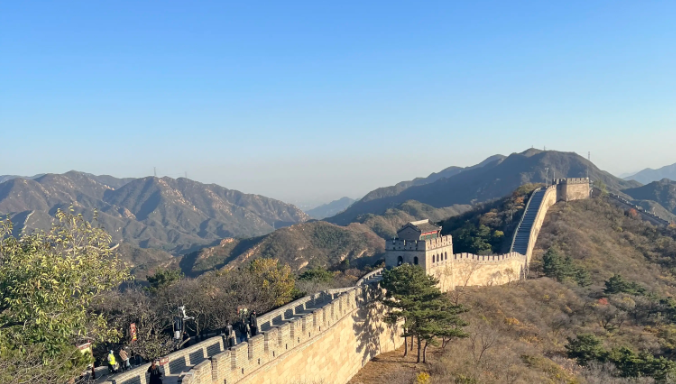
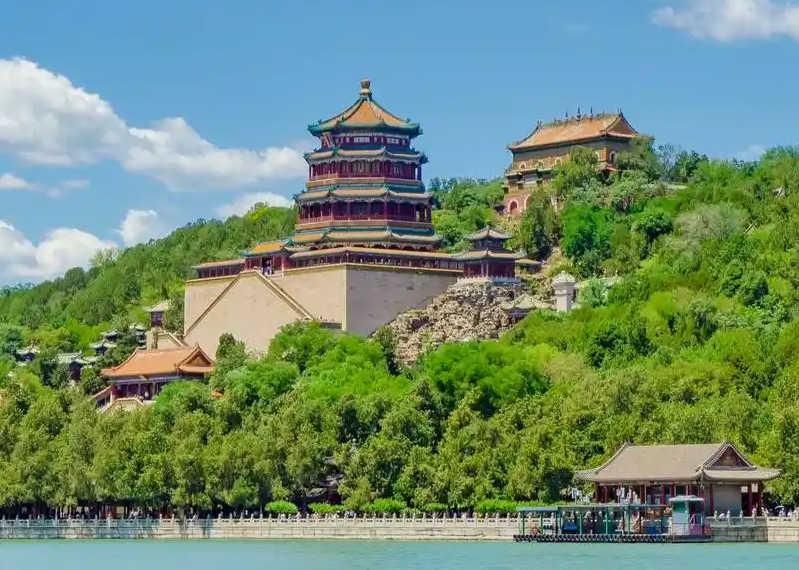
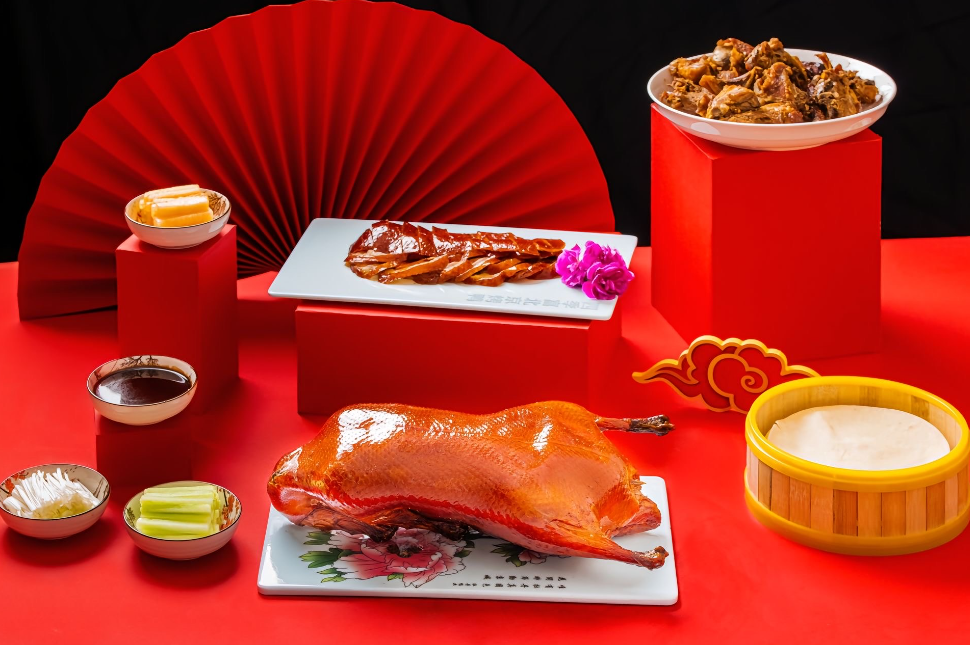
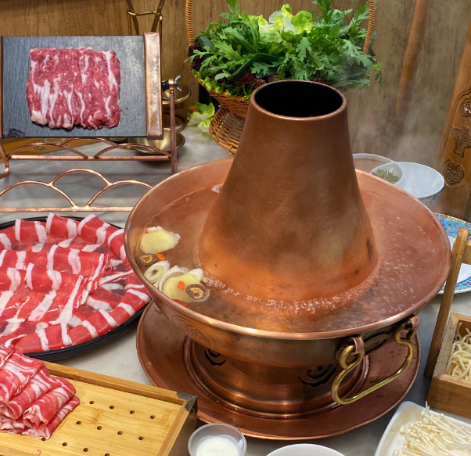
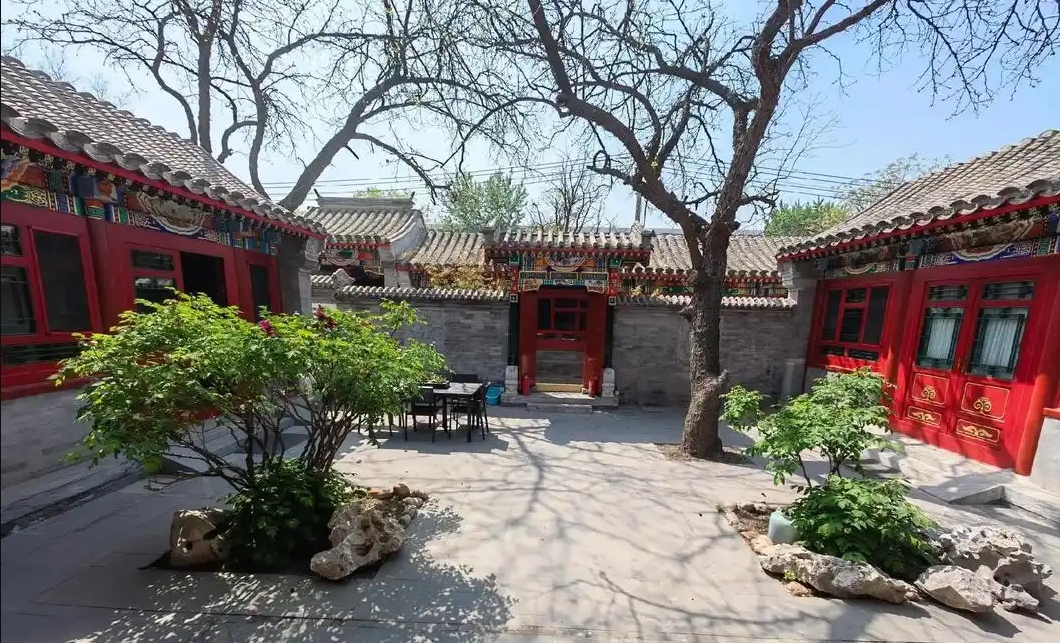













No comments yet